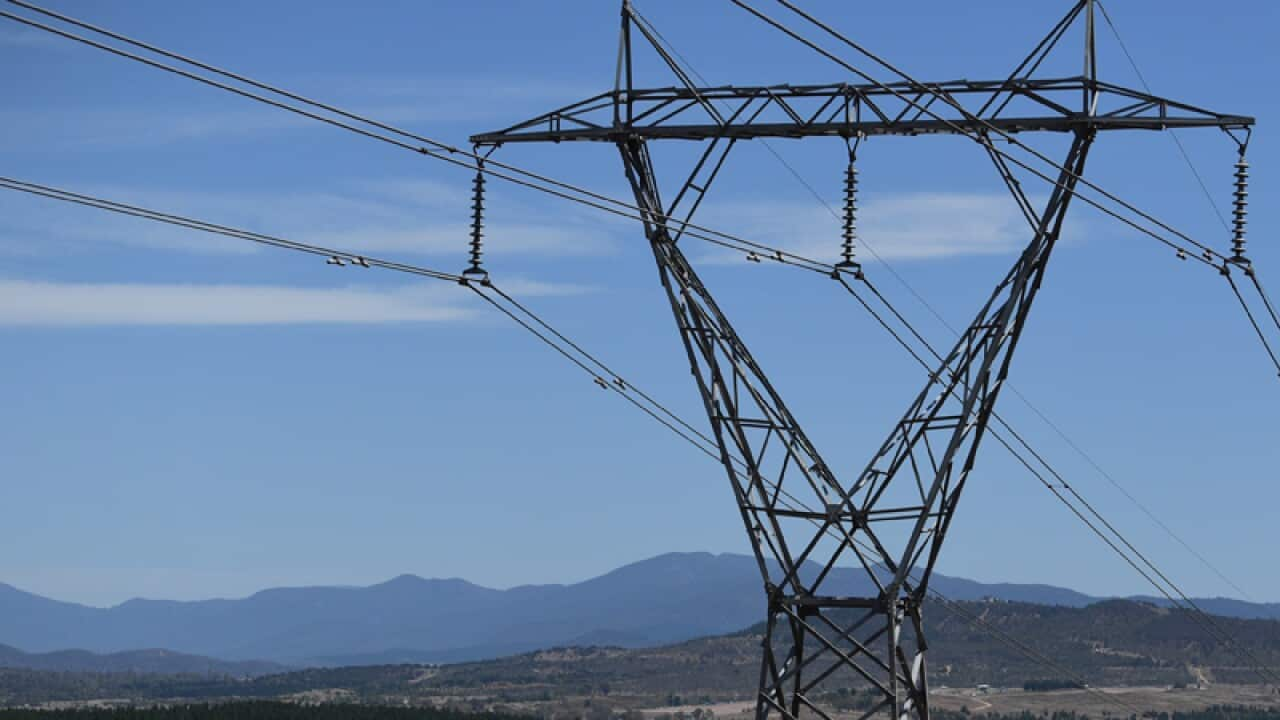A perfect storm of record electricity demand, higher-than-forecast temperatures and a technical failure at three power plants led to this week's South Australian blackouts, an inquiry has been told.
On Wednesday, up to 90,000 properties across Adelaide and parts of regional SA - more than double the original estimate of 40,000 - lost power when the Australian Energy Market Operator ordered SA Power Networks to reduce demand by 100 megawatts.
The blackouts were avoided on Thursday when a second generation unit at the gas-powered Pelican Point power station was fired up amid further sweltering conditions in SA.
Facing questions at a Senate inquiry in Canberra on Friday, AEMO manager David Swift said he did not believe his organisation had been "asleep at the wheel".
"Our analysis shows Wednesday was the highest demand ever in South Australia by quite a significant margin," Mr Swift said.
He said demand had risen from 1800MW the day before to more than 3000MW on Wednesday afternoon as temperatures soared.
AEMO's forecasts for electricity demand were based on a temperature 4.7C below the 45.7C that was reached.
"We did see the demand would be high - we just didn't get it exactly right," Mr Swift said.
Electricity demand is so sensitive to temperature rises that for every degree rise, AEMO expects an extra 100MW of electricity will be needed.
As temperatures soared in the late afternoon, three thermal generation plants underwent "forced outages", taking 75MW offline, wind generation fell off dramatically and solar power started to wane.
AEMO sought extra electricity through market notices at 5.13pm but there was no response, including from Pelican Point.
When Pelican Point's control room was contacted at 5.39pm, the power station said it would take "up to four hours" to bring another generator online.
"When we got to 6pm, we did have to intervene and shed load," Mr Swift said.
"If we hadn't, there was the possibility the system would collapse or plant would be destroyed."
He said the blackout involved demand being reduced by 100MW for 27 minutes.
Mr Swift said his organisation did not take load shedding lightly.
"We understand the pain that causes to all customers," he said.
Greens senator Sarah Hanson-Young, who represents SA, said it was obvious there was going to be high demand for electricity all week.
"My 10-year-old daughter knew all week it was going to be stinking hot in Adelaide. I can't see how the energy operator didn't foresee demand would be high," she said.
Mr Swift said South Australia was vulnerable to problems because of its position at the far end of the eastern Australian electricity grid and its "world-leading percentage of solar and wind generation".
But it could be solved with more investment in stabilising the system.
"It will require some cost," he said.









